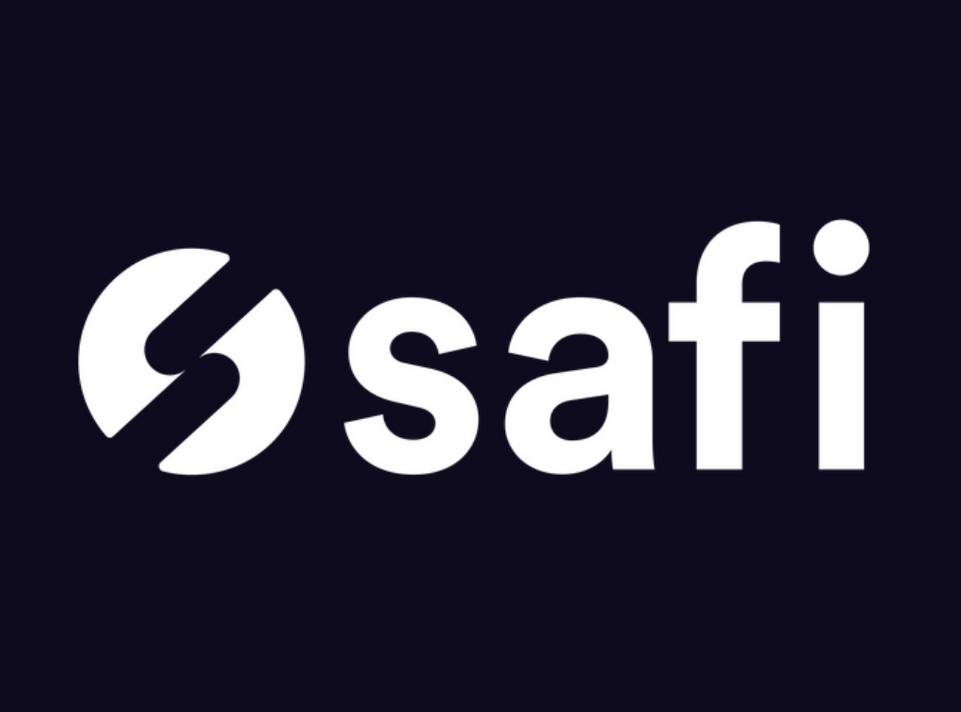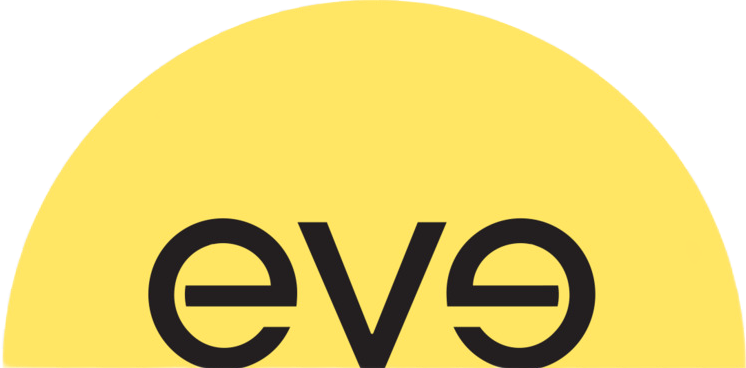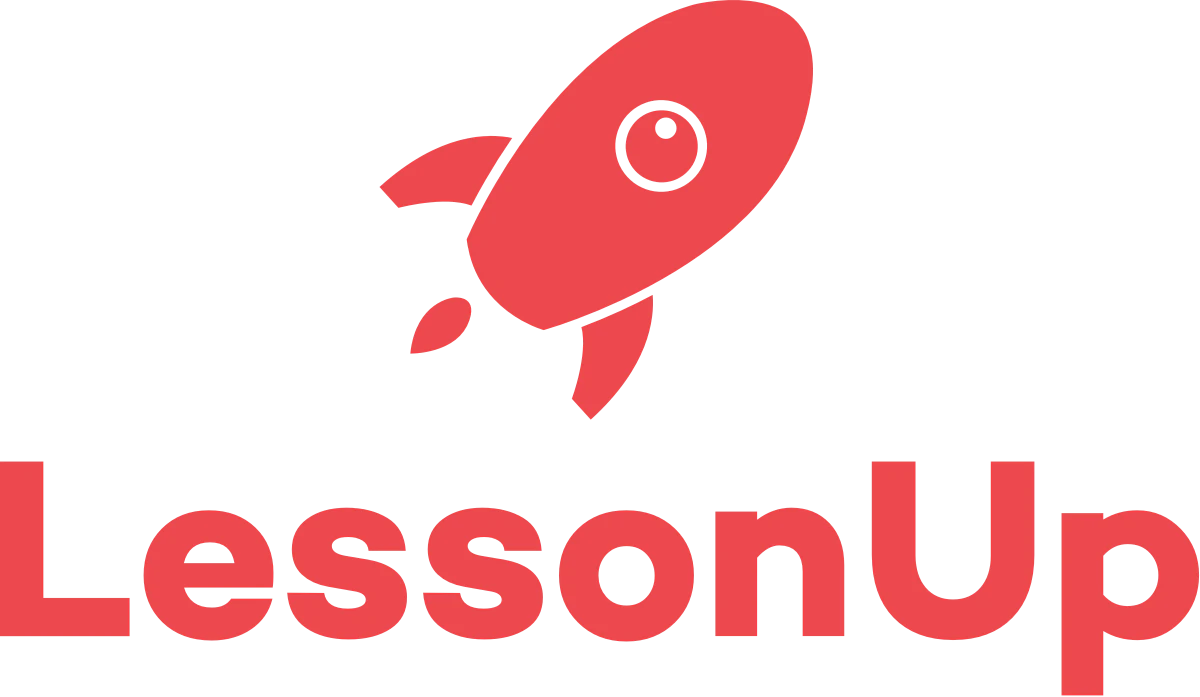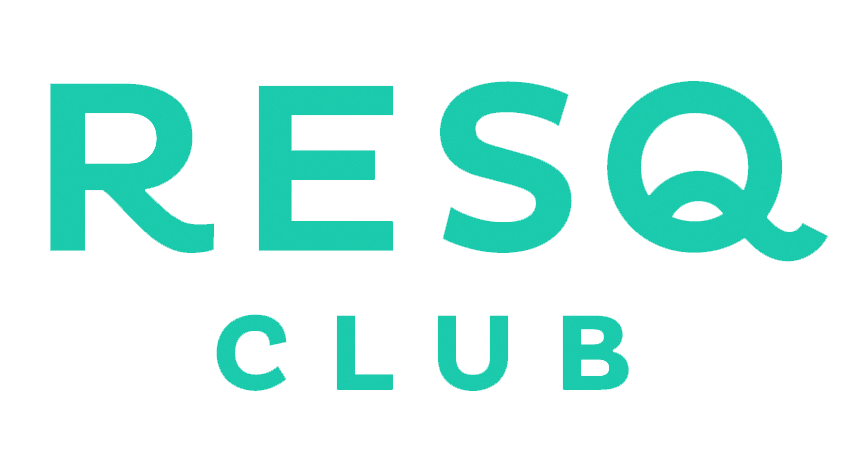Centralise Data & Replace Spreadsheets

Safi needed a fast project to centralise their data and build a set of common business metrics. They are a lean seed-stage team, and did not want the burden of already hiring a full time data team to accommodate this. They came to Tasman for help, and we delivered one of our most valuable projects in a record two month timeframe.
Overview
Safi (formerly TrueCircle) is a global B2B marketplace launched in 2021 with the mission of improving recycling efficiency. Its platform connects the fragmented landscape of waste materials sellers with a network of buyers and recyclers, simplifying every step of the material trading experience from discovery and materials inspection to payments and logistics.
Industry
Recycling TechCompany Size
25-50Location
LondonEstablished
2020Value
series A stageThe Challenge
As a B2B marketplace, Safi’s data ecosystem is inherently rich and complex. In its first year of operations, the business relied on manual data tracking in Google Sheets to inform its reporting and decision-making.
The business quickly outgrew its manual spreadsheet system. The team had a desire to become more data-driven across all levels, but a lack of confidence in its data stymied the team from progress. Leaders relied on spreadsheets with manual inputs that could not be drilled into to understand business performance, and concerns about data integrity led the team to relying on hunches and intuition in their decision making.
Safi’s seed-stage team was extremely lean and did not have any Data-specific employees, and it needed to decide whether to build its data infrastructure in-house or via an outsourced partner. It quickly decided to outsource, realising that building in-house would require multiple resources with distinct skillsets. Time was still of the essence, and the team had less than 3 months to implement a new infrastructure.
Objectives
- Structuring raw data from Google Cloud Platform (GCP) into stable, centralised data models
- Empowering the team with a self-service data visualisation tool to enable data-driven decisions
- Creating reliable dashboards as a central source of truth for company-wide and investor-grade reporting
The Approach
Our delivery consisted of three core pillars, beginning with conceptual domain modelling, proceeding to reliable data modelling, and finishing with self-service analytics for business users.
Domain Modelling
Safi’s team were highly numerate, but they hadn’t yet built a map that defined and related key metrics in its business model.
Beginning in our preparatory Sprint 0, we created a domain model schematic of Safi’s business model to map out the universe of potential metrics and business interactions. This domain model became the central conceptual guide for data engineering, which our team used during the engagement and Safi’s team benefits from for future engineering work. The model serves as a blueprint that the team still uses when extending and enriching its data platform.
Data Modelling with dbt
The Safi engineering team had already setup a data pipeline to push data into BigQuery, which worked perfectly well for running the app. However, the raw formatting and fragmented structure of the data made it difficult for business users to work with.
Armed with the domain model, we designed a set of data models that could transform the data into a more useable form while making minimal changes to their existing data stack with BigQuery and Google Cloud Platform.
3 Layers of Modelling
The data modelling consisted of three distinct layers, which follow our tried-and-tested approach:
- The staging layer, which received and cleaned the raw data;
- The domain layer, which surfaced core data objects and implemented Safi’s business logic for necessary metrics; and
- The presentation layer, which made data aggregations and remaining business logic so the data is most usable in the BI tool, Holistics.
The data model was the engine of Safi’s stack, and the 3-layer framework enabled us to build the most flexible, reliable, and scalable platform. Structuring the data in this form allowed us to simplify their infrastructure; for example, we were able to collapse 20+ source tables from their previous model into a single domain table in the new model, reducing the future maintenance load for the engineers without sacrificing analytical robustness.
Custom Pipelines in Google Cloud Platform
Automated Testing
Self-serve Visualisations with Holistics
To take the data through its ‘last mile’ and expose it to business users, Safi needed a cost-efficient visualisation tool that the entire team could use for self-service analytics. After reviewing their requirements, we helped them select Holistics.
The core goal of the engagement was to set the business up with working examples of best-in-class dashboarding. We created a preliminary set of dashboards for critical functions, training the team in both dashboard generation and extension. The initial batch of visualisations gave the team enough runway to spark interest in self-service analytics. Since the engagement, each function has created its own dashboards and used engineering resources to enrich the models we delivered.
‘North Star’ Commercial Dashboarding
Previously, Safi had been tracking their essential KPIs in a Google Sheet that posed several limitations. Leaders could not analyse data by different dimensions or view metrics at a more granular timescale than months, limiting their ability to understand performance drivers.
To kickstart the data transformation, we created the team’s first commercial dashboard in Holistics. The dashboard is consumed by the leadership team on a weekly basis and reports on foundational commercial health metrics, including key areas such as: GMV, revenue, customer segmentations, and unit economics. Not only does it provide greater analytical granularity, but also enabled the team to answer questions such as:
- Is revenue concentrated in a very small number of customers?
- Which materials have higher take rates and profit margins?
- Do we have any opportunity to grow revenue in new geographies?
With this dashboard in place as a ‘single pane’ view of the entire business, the broader organisation became familiar with Holistics and its self-service capabilities.
The Result
Over a rapid 10-week engagement, we overhauled Safi’s data ecosystem.
- Scalable data infrastructure: The foundation we implemented has been a launchpad for Safi’s data environment. The team has owned, edited, and extended models to meet new tracking needs as they arise, while Safi has been able to delay the costs of hiring in-house data resources.
- Single source of truth for commercial metrics: Safi’s burning pain was an inability to make sound strategic decisions because of its lack of confidence in data. Centralising data in Holistics resolved the problem, and the initial dashboarding we created provided an example to spark the team’s demand.
- Spurring a data-driven culture: The holy grail for data teams is providing a platform to make faster, smarter decisions with data, and Safi has put itself on this path. With self-service tools, each team has created its own dashboarding and began bringing data into decision-making processes at various levels of the organisation.




